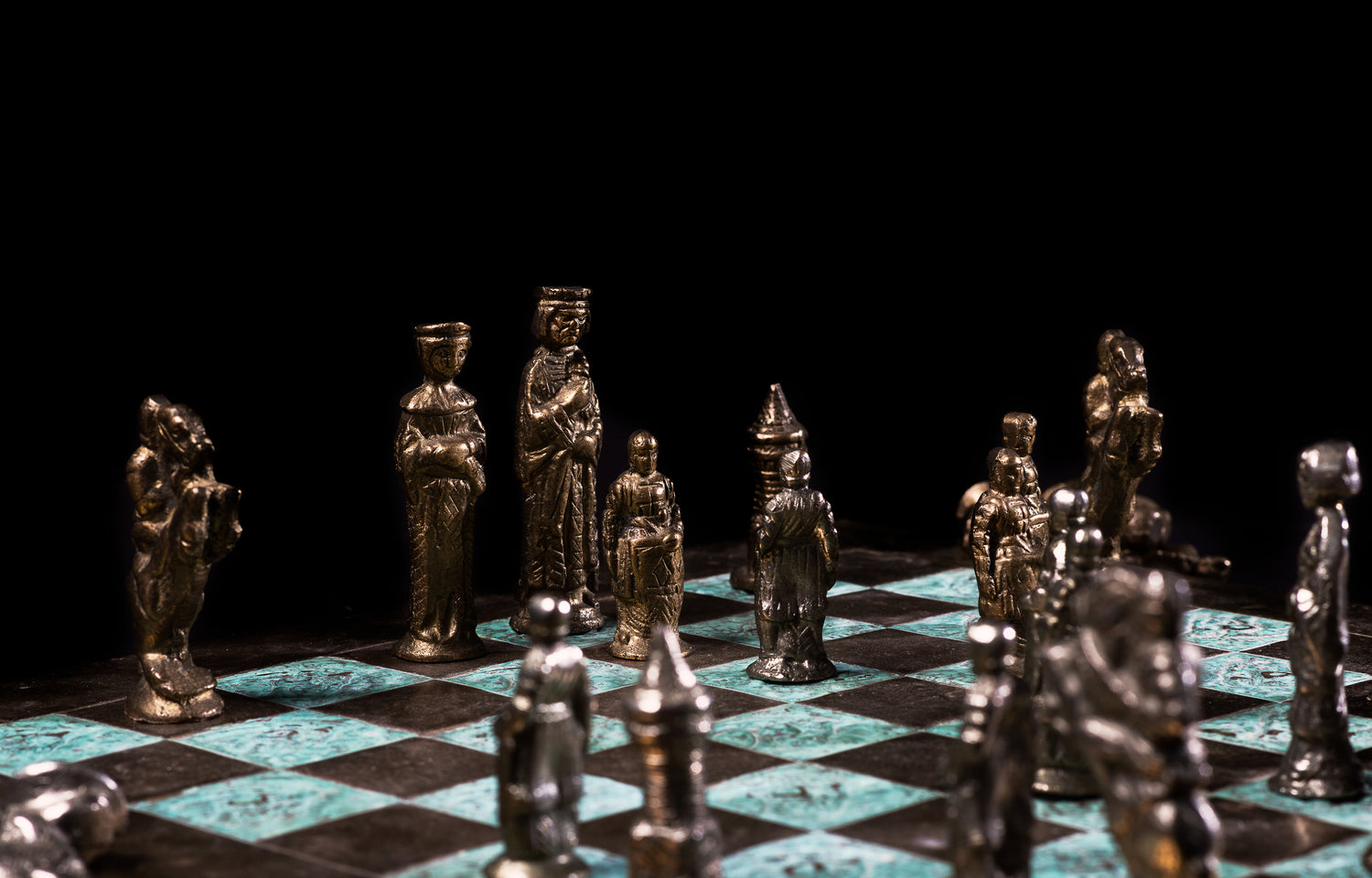Chess, a game of strategy and intellect, boasts a rich history spanning centuries. Its evolution is marked not only by shifting strategies and the rise of chess masters but also by significant rule changes that have molded it into the game we know today. Let's delve into these pivotal transformations.
The Earliest Incarnations of Chess
Chess is believed to have originated in India around the 6th century AD, known as Chaturanga. From there, it spread eastward to China and westward to Persia, each region adapting the game to its own cultural nuances. The rules during this era were markedly different. For instance, the queen, then known as the 'advisor' or 'firz,' was a much weaker piece, limited to moving only one square diagonally. Similarly, the bishop, or 'elephant,' could only leap two squares in a diagonal direction.
The Advent of Shatranj
As chess made its way into the Arab world, it evolved into Shatranj. This version retained many of the original limitations, but it laid the foundation for future developments. The slow-moving queen and bishop remained, influencing the pace and strategies of the game. Checkmating the king was the primary objective, and stalemates often resulted in a win for the stalemating player—a stark contrast to modern rules.
Key Rule Changes in Medieval Europe
The most dramatic transformations occurred during the Middle Ages in Europe. Around the 15th century, significant rule changes dramatically altered the game's dynamics. The queen was transformed into the most powerful piece on the board, capable of moving any number of squares in a straight line—horizontally, vertically, or diagonally. This change, often attributed to the rise of powerful queens in European monarchies, revolutionized chess strategy. The bishop also gained its modern ability to move any number of squares diagonally. Pawns were given the option to move two squares on their first move, increasing the speed of play. These changes collectively accelerated the game and introduced new tactical possibilities.
The Standardization of Rules
Despite these widespread changes, regional variations persisted. It wasn't until the 19th century that efforts were made to standardize the rules of chess. Organizations like the British Chess Federation (founded in 1904) and later FIDE (Fédération Internationale des Échecs, founded in 1924) played crucial roles in codifying the rules. FIDE, in particular, established a universal standard, ensuring that chess could be played consistently across the globe. This standardization addressed ambiguities and regional discrepancies, fostering a more unified and competitive environment.
Impact on Modern Chess Strategy
The rule changes have profoundly impacted modern chess strategy. The powerful queen has become central to both attack and defense, dictating much of the game's flow. Faster pawn advances have led to more open positions and tactical complexities early in the game. The evolution of chess rules reflects a continuous effort to balance strategy, tactics, and dynamism, resulting in the complex and compelling game we enjoy today. Understanding these historical shifts provides valuable insight into the game's underlying principles and enduring appeal. By appreciating how chess has evolved, players and enthusiasts can gain a deeper connection to this timeless game.

